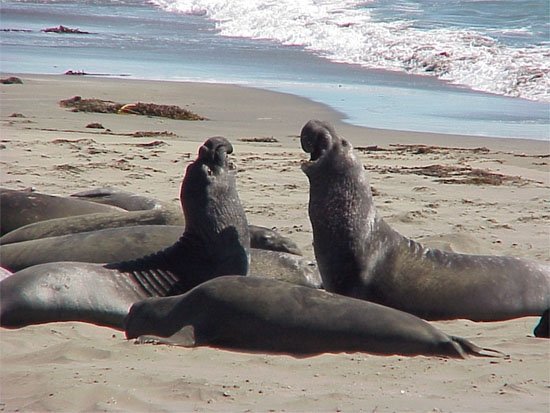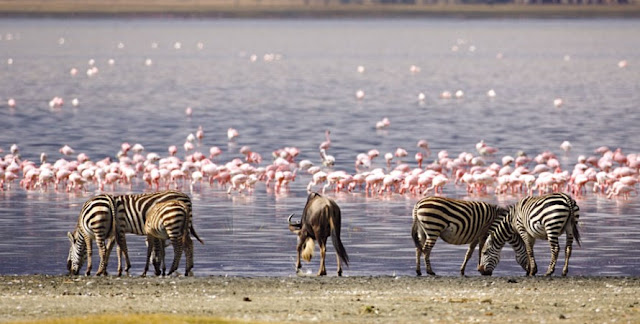Bolivia’s Salar de Uyuni defies adequate description, although calling it a blinding, surreal expanse of endless pure-white flatness that must be seen to be believed comes very close. This eerily silent and awe-inspiring Salar (salt flat) is one of the most otherworldly environments on earth, and all that remains of an enormous inland sea that evaporated thousands of years ago.
Covering an area of about 4,250 sq miles (11,000 sq km), these sun-baked plains hold enormous quantities of salt – 10 billion tons, in fact – and are home to some of the most fantastic wildlife in South America. And for those intrepid travelers who want the full experience, there’s even a hotel here built entirely from blocks of salt. This extraordinary wilderness draws trekkers who are in search of solitude and adventure.
Most require a 4WD to complete the journey across the flats, which measure 93 miles (150 km), but which often seem ten times that distance because of the daunting emptiness of the place. Sunlight reflects so brightly off the salt that you’re likely to be dazzled for much of the journey. This bright and pristine landscape is interrupted only by one or two rocky “islands” full of cacti, the occasional blood-red flamingo or long-tailed chinchilla, a haunting antique train graveyard, and weird and wonderful mirages that come and go in the distance.
You might also see the odd miner panning the flats for salt, a centuries-old tradition that is still going strong today. The atmosphere here is considered by many scientists to be the purest on the planet, and the air is so dry and free from variation that the Salar de Uyuni is used as a calibration point for satellites far above the earth.
Although the traditional end-to-end trekking route can be covered in one day by 4WD, the majority of visitors prefer to span it out over three or four days to make the most of the region’s wonders on their own two feet and at their own pace. Most drive to one of the several trailheads, walk as much of the distance as they wish and arrange for a pick-up a few miles from the other end.
Watching the sunrise and set, tinting the clouds every color of the rainbow above this immense sheet of white oblivion, is a truly unforgettable experience. While neither the longest nor most arduous trek on the continent, tackling the magnificent Salar de Uyuni, one of the world’s most harsh and arid environments, surely ranks as the strangest of all.












_0.jpg)






























.jpg)
.jpg)
.jpg)
.jpg)
.jpg)
.jpeg)
.jpg)
.jpeg)
